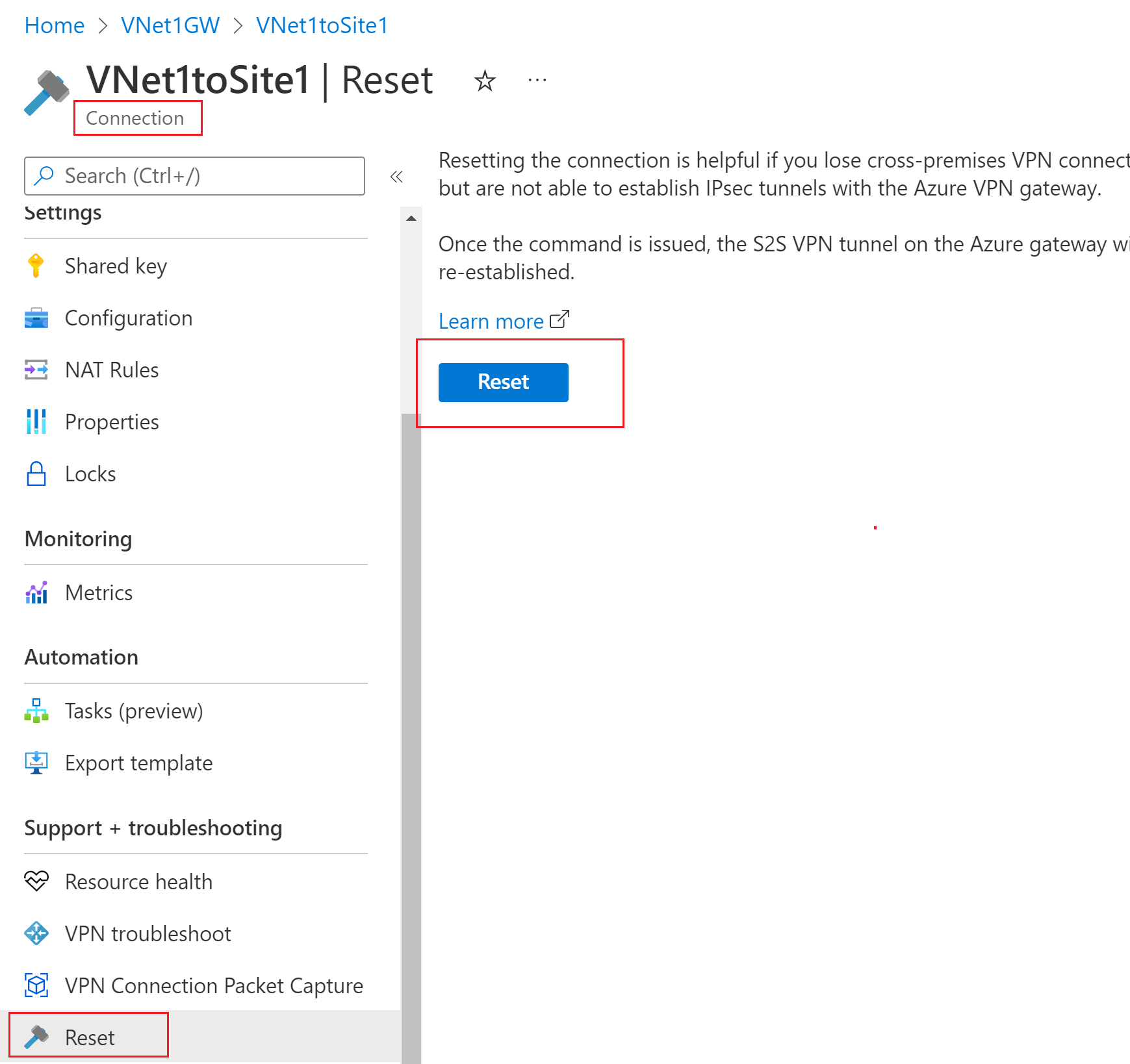

- Azure point to site vpn access denied install#
- Azure point to site vpn access denied update#
- Azure point to site vpn access denied manual#
- Azure point to site vpn access denied for windows 10#
Azure point to site vpn access denied install#
Install this Root Certificate to your Trusted Root Certification Authorities Windows Store if not already present. So note this FQDN.įurther you will see the *.cer File which is the Root Certificate from the corresponding Server Certificate of the VPN Host. Inside you will find the PhoneNumber parameter which contains our FQDN of the VPN Host for dialin.
Azure point to site vpn access denied manual#
you can also see here the above mentioned cmroute.dll and routes.txt files.įor setup manual the P2S VPN, open the *.pbk file with an text editor. The manual setup of the Azure P2S VPN Client we can do with PowerShell in a few steps.Īs you already extracted and installed the VPN Client Package, we use here the EAP-MSCHAPv2 Package, you must also extract the VpnClientSetupAmd64.exe Install File and see further following files:ītw. With netsh you must specify the Interface Name of the VPN Connection resp.

Azure point to site vpn access denied update#
So we can update the routing table manual and permanent with the netsh command.īefore we can update the routing table, we must create the manual vpn connection. This update was only temporarily and is lost after disconnecting the vpn. You can see that the Gateway IP is in my case 172.32.0.1 and the subnet of the domain controllers are 172.30.20.0/24.īecause we must setup for the second part manual the Azure P2S VPN Connection, we lost the update of the routing table at establishing the connnection. An instance is using two domain controllers. The domain controllers IPs you will find at the properties of your Azure AD Domain instance. Now we can use a trace to determine the Gateway we use to reach our domain controllers. It is one of the Address pool you had defined in the Point-to-site configuration in Azure. Here you can see my IP Address from my P2S VPN Connection. You will see these files later when we must determine the VPN Host FQDN for the second part of domain join. The Azure VPN Client did setup the routing for you behind the scenes using the CMROUTE.DLL and a textfile with routing informations to update your routing table during establishing the connection. We need the gateway for the second part of the domain join. The NPS Server Role is Microsofts implementation of a Remote Authentication Dial-In User Service (RADIUS).įor the first part of domain join, the default Azure VPN client and connection from logged in account is working.Īfter successfully established the vpn connection, you must determine the gateway to your subnet from the domain controllers of the AADDS instance. Therefore you must setup RADIUS authentication for your Point-to-site configuration and install the Network Policy and Access Services (NPS) Server Role within a Windows Server VM in your VNet. In that case you must be able, for domain join to be working, to establish a point-to-site P2S VPN Connection from logon screen. The client must be able to resolve the Azure AD Domain in an IP for one of the two domain controller VMs, which are behind the AADDS.īut what if I had no on-Premise network or do not want one and prefer a Cloud-Only solution? In order for domain join is working, you need to create a DNS stub zone or conditional forwarder for the Azure AD Domain. The on-Premise network needs to be connected over an IPSec-VPN or Azure ExpressRoute to the Azure VNet from AADDS. If you still want join external windows client workstations to your Azure Active Directory Domain Services (AADDS) instance, the most convenient way to do this, is from inside your on-Premise network. More about was presented at Ignite in New Zealand in 2016. The SIDHistory Attribute includes the on-prem SID so that the user had two identities, the on-prem and the new azure ad domain.

The app is deployed in Azure transparent to end-users.Įven the new AADDS domain is a different Active Directory Domain and using a different primary security identifier (SID) as your on-prem Active Directory, Applications referencing to that SID can still authenticate the users from on-prem because users will be automatically synchronized from Azure AD including the SIDHistory attribute to AADDS. Most of them support LDAP Authentication and can therefore migrated to Azure and users are still able to use their existing corporate credentials. Further you can use GPOs to manage & secure domain joined VMs.Īnother main reason to use AADDS is to migrate on-prem applications to Azure VMs. Therefore you can use your corporate credentials to log-in to VMs, no need for local administrator accounts. The main reason for AADDS is to expand your on-Premise network to the cloud and join Azure virtual machines to the Azure AD Domain. More resilent to VPN/ExpressRoute outages.
Azure point to site vpn access denied for windows 10#
They recommend for windows 10 devices Azure AD Join First I must tell you, that even it is possible to join your windows client workstations to AADDS, Microsoft itself does not recommend this deployment!


 0 kommentar(er)
0 kommentar(er)
